Complete Story
04/24/2015
Medical Homes are the Best Source of Reimbursement for Optometrists
By Mark A. Ridenour
This could very well be a headline in the future given the direction of changes in the healthcare industry today. Many Primary Care Physician (PCP) practices have converted to the Patient-Centered Medical Home (PCMH) practice model. There are now more the 7000 accredited Medical Home practices nationwide with 535 in Ohio. PCPs have embraced this model because it allows them more practice freedom, offers the opportunity for increased reimbursement, improves their patient’s outcomes, and increases their patient satisfaction; not necessarily in that order. PCP practices must meet numerous criteria to be considered a Medical Home, including 24-hour remote patient access, next day appointments, coordination of patient’s care with other providers, and team-based provider care with specific expertise around nutrition and behavioral change. Physicians who have successful migrated to this model report greater job satisfaction themselves, because they are put into more of a CEO role, where the more complicated cases and decisions come to them and more routine care is seen by mid-level staff. Patient response to this transformation has been mixed, but many insurers are now incentivizing their members to use Medical Homes via reduced co-pays and benefit design.
Payers (insurance companies, employers, and government) have discovered PCPs operating as Medical Homes lowers their costs. Reducing emergency room admission rates and eliminating duplication of diagnostic tests are examples of quick payoffs. Typically, they will pay these practices extra for care coordination and case management and/or pay bonuses for improved patient population health outcomes. Many payers have shifted their risk to the Medical Home; i.e., they have given the Medical Home a percentage of the employer/employee premium to manage the patient. The Medical Home, in turn, must manage the expenses of the patients, leading them to become more discerning about referrals. Insurers will supplement this because a parallel objective they have is to reduce the most expensive care they pay for – hospital and specialty care. This is one of these reasons the OOA continues to stress the importance of your relationship to your PCP referral sources. Medical Homes will likely establish criteria for referrals to Optometrists. Which practices supply me with the best and timely information about my patients? Do I consistently receive exam results on my diabetic patients? Are they encouraging them to maintain healthy behaviors? Are they accessible for eye care emergencies?
This movement in the provider payment landscape is part of the reason the OOA continues to promote the Optometrist as the primary eye care provider. Along with dental and behavioral care, optometric services are generally perceived as essential preventive care. As long as fee-for-service reimbursement dominates, it is beneficial to be aligned as a primary care provider. Payers are favoring reimbursement codes for these services over specialty care codes. Plus, any alternative payment models will be based on the premise of investing in preventive care to avoid greater catastrophic costs.
So you may not be getting reimbursement checks from PCPs yet,….. but it may not be far down the road. Now is the time to recognize this shift and solidify our relationships via active interactions and demonstrations of value. Are PCPs likely to value Optometrists more than the insurance companies? Now is the time to start influencing the answer.
For more information on the Medical Home model and specific information on those in Ohio go to the Ohio Department of Health website at http://www.odh.ohio.gov/pcmh.


